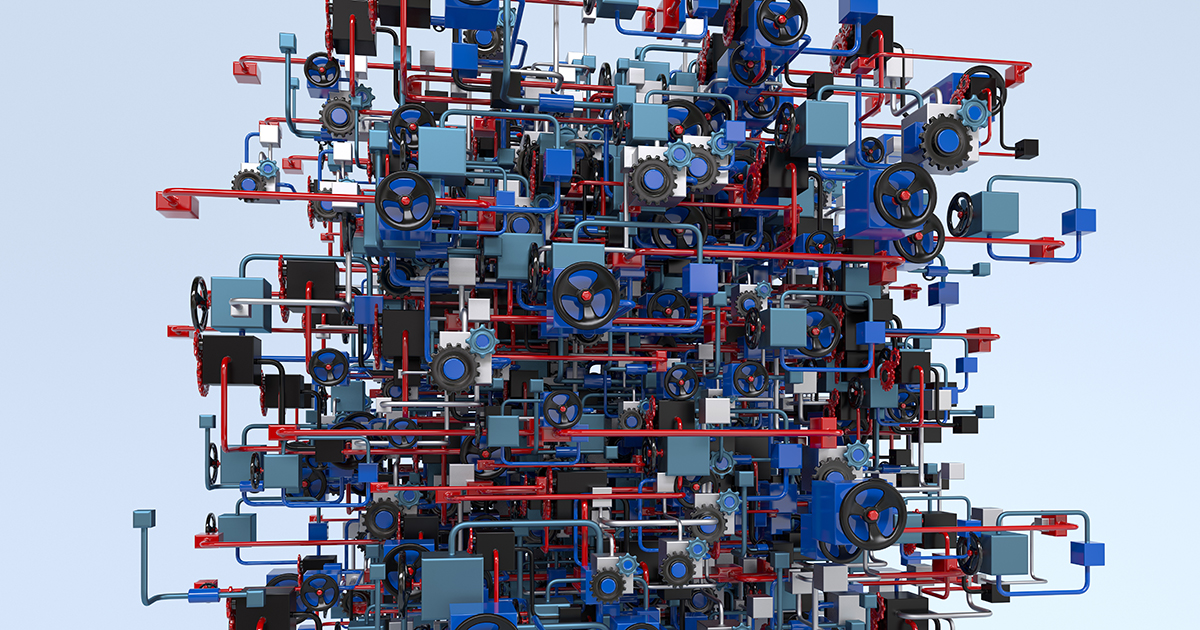
With macro leaps in technology from AI to 5G converging at pace, perhaps the only way to understand how to act is to apply big data. Using big data to R&D tech development is the key to staying relevant in today’s highly competitive tech market, writes Natasha Lane at the appropriately titled online publication insideBIGDATA.
READ MORE: The Future Is Now: Why Data Is Key to Tech Research & Development (insideBIGDATA)
From a purely business perspective, using big data in R&D has several important benefits.
For one, it’s an effective way to save both time and money. Particularly so when using already available information or investing in the continuous collection and analysis of data.
Secondly, it’s a more accurate way to collect, interpret, and apply information. Well-made collection systems allow businesses to gain access to more relevant data.
Thirdly, using big data for research and development moves businesses from historical to predictive decision-making. This allows them to stay ahead of the market. Moreover, it encourages R&D departments to develop solutions relevant to the near future instead of the rapidly passing present.
“Big companies like Tesla or Apple are not the only ones who can utilize data to develop relevant products. Thanks to the wide availability of data sources, almost any player in the tech industry can do the same.”
— Natasha Lane
In other words, “Using the right data prevents brands from spending their money and energy on products and services that are predestined to fail,” says Lane.
As an example, she cites Tesla’s use of in-car sensors that track user behavior and car performance. Analysis of this data helped the company successfully diagnose an overheating issue in 2014 which it then resolved with a firmware update.
“Big companies like Tesla or Apple are not the only ones who can utilize data to develop relevant products. Thanks to the wide availability of data sources, almost any player in the tech industry can do the same.”
Software solutions like eye tracking add-ons can help web designers develop UX features fully optimized for emerging consumer behaviors. Similarly, product developers can keep an eye out for relevant automation shortcuts on service websites like IFTTT.
READ MORE: Eye Tracking and Usability: How Does it Work? (Adobe XD Ideas)
“However, to get the absolute most out of the available information, organizations must understand the importance of consistent collection methods, expert interpretation, and the concept of the margin of error,” Lane says. “Only then can they look for ways to integrate big data into their R&D processes.”





